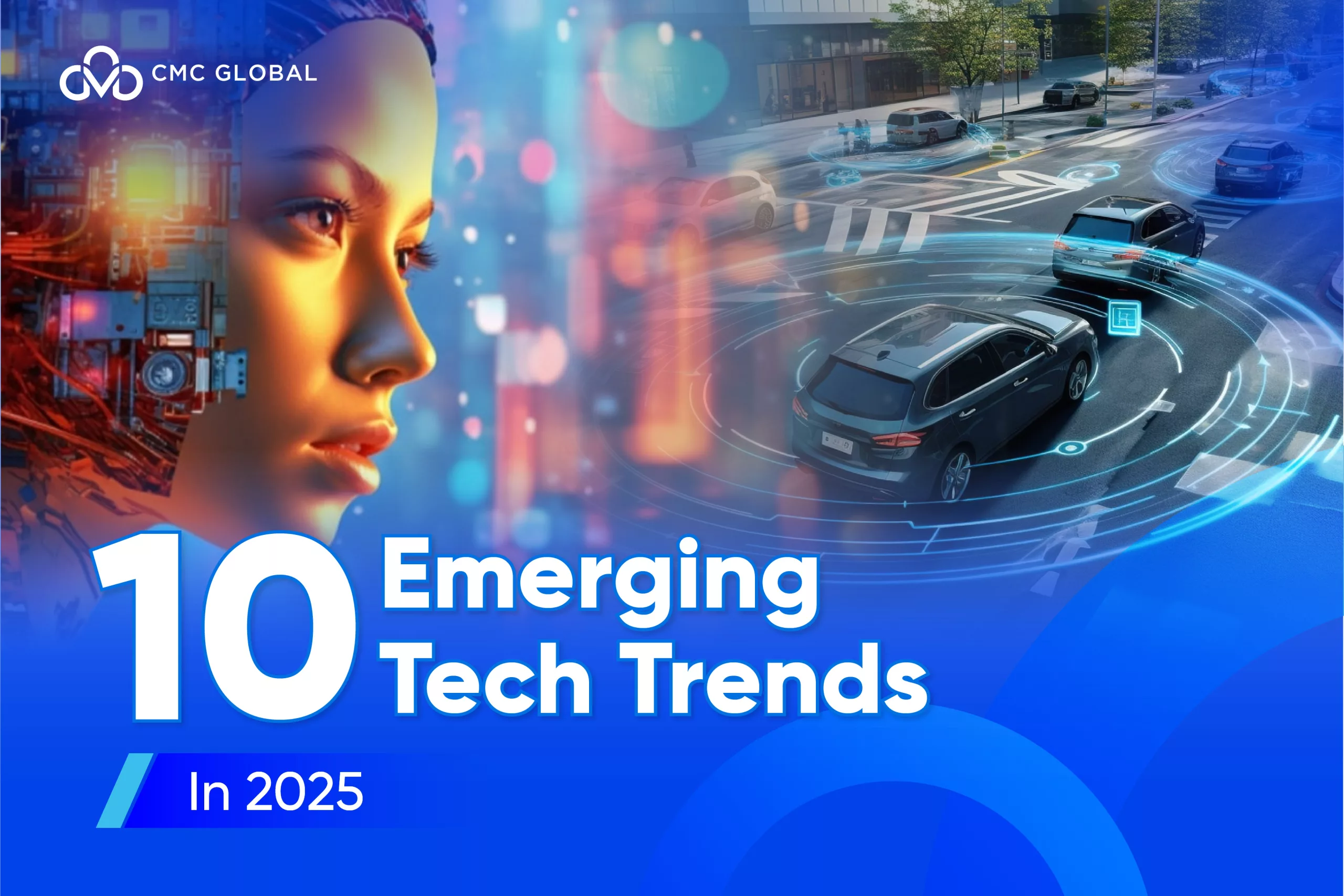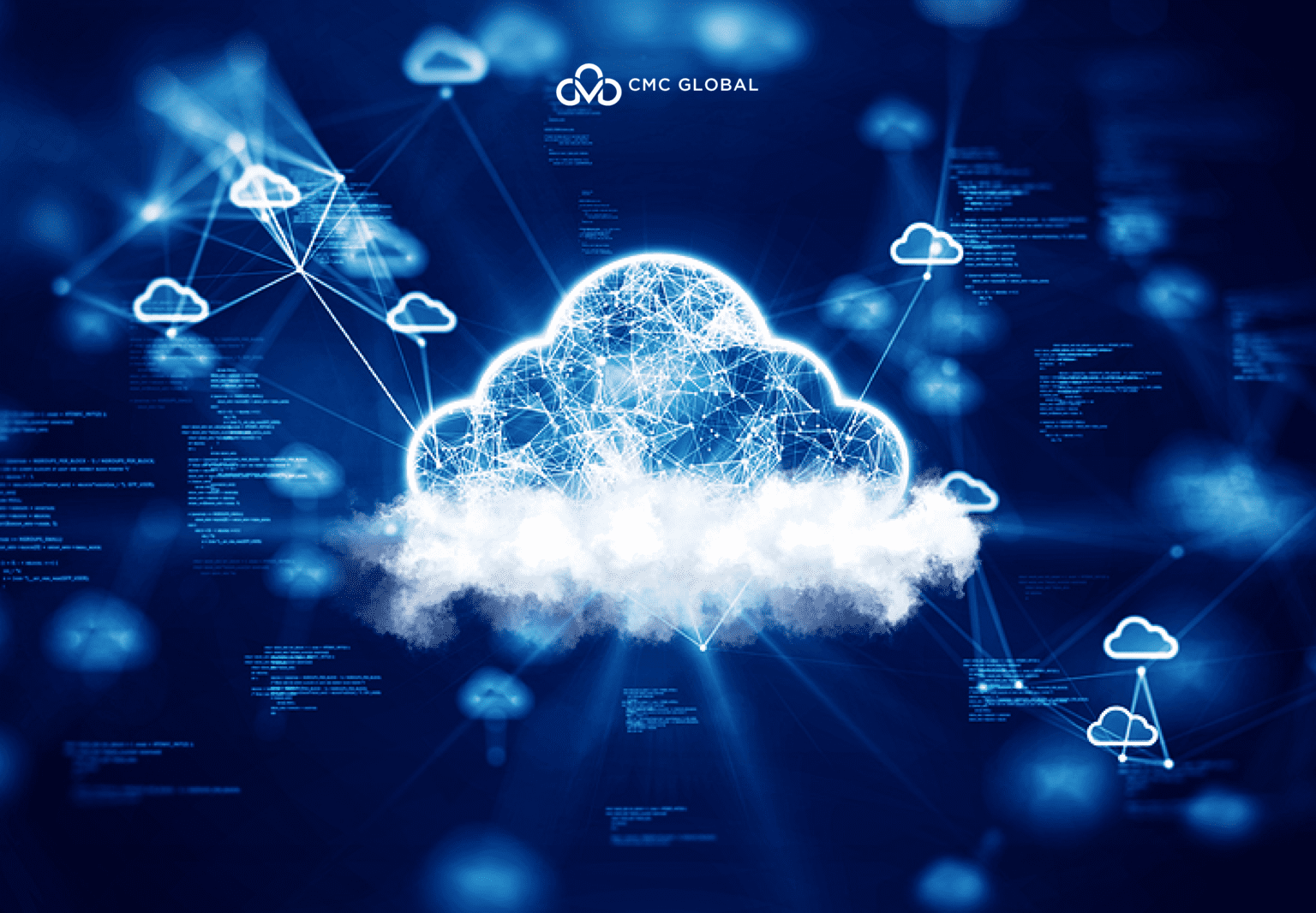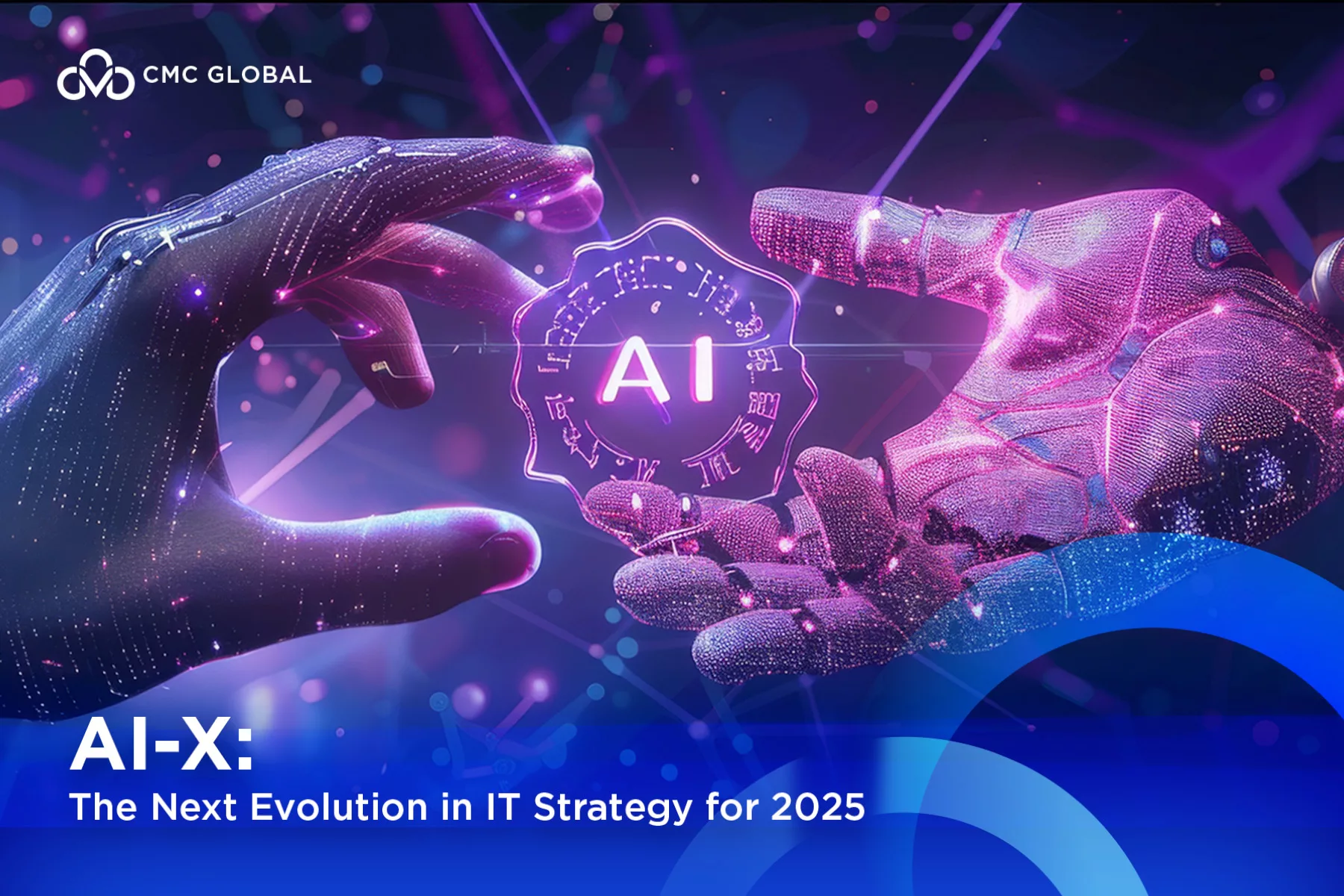As technology continues to evolve at an unprecedented pace, 2025 promises to bring groundbreaking innovations that reshape industries and redefine how we live and work. In this blog, we’ll explore the top 10 emerging tech trends poised to dominate the landscape in 2025, offering insights into their potential impact and the opportunities they create.
10 Emerging Tech Trends in 2025
Let’s explore how these emerging technologies are set to redefine industries and create new opportunities in 2025 and beyond.
#1 Generative AI

Kicking off the list of emerging tech trends is none other than generative AI! Continuing to be a key trend in 2025, this technology is transforming industries with its remarkable ability to produce human-like content, ranging from text and visuals to audio and intricate simulations.
The rise of consumer-focused generative AI platforms such as Google Bard and OpenAI’s ChatGPT is fueling massive market growth. According to Bloomberg Intelligence (BI), the sector is projected to surge from a modest $137 billion in 2024 to a staggering $1.3 trillion within the next decade.
Innovations in generative models, including GPTs and multimodal systems, are unlocking new possibilities in areas like content generation, automated design, and immersive interactive experiences.
This transformative technology is not only boosting efficiency but also reshaping business strategies for problem-solving, customer interaction, and creative development. By 2025, organizations will increasingly embed generative AI into their operations, accelerating innovation and delivering highly tailored services on a larger scale.
#2 Agentic AI

While Generative AI has spurred a surge in enterprise AI adoption, agentic AI is poised to drive transformative change across industries. According to Emergen Research, the agentic AI market is projected to reach $30.89 billion in 2024, with a robust compound annual growth rate (CAGR) of 31.68%.
Agentic AI marks a significant leap in artificial intelligence, enabling systems to operate with greater autonomy. These systems are designed to independently perform complex tasks, make decisions, and adapt to new challenges without requiring human oversight.
Unlike current AI tools and large language models that rely on user prompts or predefined workflows, agentic AI introduces a new paradigm. It empowers systems to plan and act proactively to achieve user-defined objectives, paving the way for virtual agents that can augment, automate, and enhance human workloads or existing applications.
#3 AI Governance Platforms

As AI becomes deeply integrated into critical infrastructures, 80% of data experts acknowledge that it heightens data security challenges, underscoring the need for robust governance and security frameworks. This trend highlights the urgency of developing stringent standards and regulations to ensure AI systems operate safely, reliably, and ethically across various industries.
Key considerations for responsible AI deployment include mitigating algorithmic biases to prevent unfair or harmful outcomes, enhancing transparency to build trust by clarifying how AI decisions are made, and ensuring accountability to uphold ethical and legal standards.
As AI continues to weave into the fabric of society, establishing a secure and trustworthy AI environment is not just a priority—it is essential for maintaining confidence in the transformative role of these technologies.
Read more: Top Technology Priorities and Plans In The US 2025
#4 Internet of Things (IoT) in Smart Cities
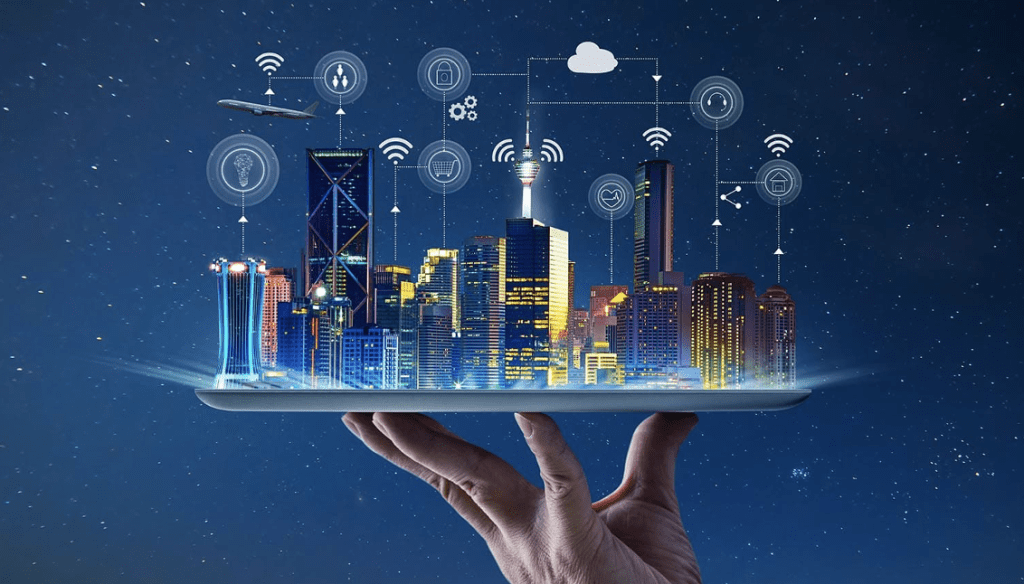
The global market for IoT in smart cities is projected to reach $312.2 billion by 2026, growing at a robust CAGR of 19.0%.
IoT technology in smart cities integrates sensors and devices to gather data, enabling efficient management of assets, resources, and services. This includes optimizing traffic flow and public transport, enhancing energy efficiency with smart grids, and implementing connected systems for public safety and emergency response. As urban areas expand, IoT plays a vital role in addressing complexities and enhancing residents’ quality of life.
#5 Edge computing

The global edge computing market is expected to expand significantly, rising from USD 13.66 billion in 2024 to USD 181.96 billion by 2032, with an impressive CAGR of 38.2% throughout the forecast period.
Edge computing processes data closer to its point of generation, eliminating the need to depend on centralized data centers. This approach is crucial for applications that demand real-time processing and swift decision-making, avoiding the delays often associated with cloud computing. Key uses include autonomous vehicles, industrial IoT, and localized data management in remote areas.
Edge computing plays a crucial role in autonomous vehicles by enabling real-time data processing directly within the vehicle. Companies like Tesla and Waymo leverage this technology to enhance safety and ensure efficient operation.
#6 Voice-activated technology
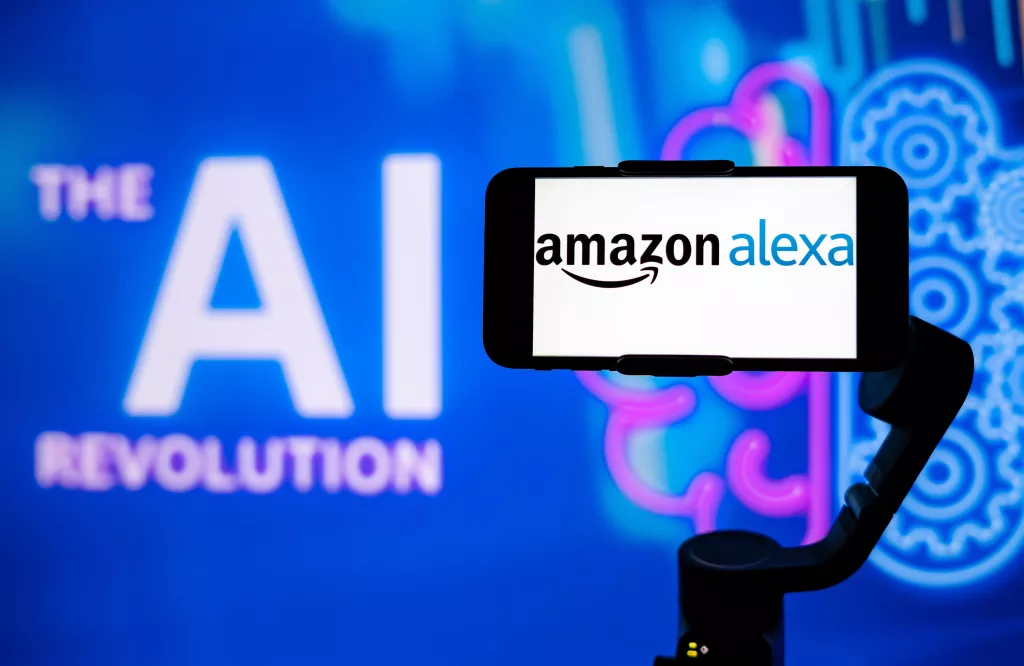
The global voice user interface (VUI) market is projected to grow at a CAGR of 21.3% from 2023 to 2030. This rapid growth is driven by advancements in artificial intelligence (AI) and natural language processing (NLP), which have significantly improved the accuracy and functionality of VUI technology.
Voice user interfaces provide a natural and intuitive way for users to interact with technology. By enabling tasks, information access, and device control through voice commands, VUI devices offer a highly convenient and user-friendly experience. The increasing adoption of smart devices such as speakers, smartphones, smartwatches, and in-car voice assistants has broadened the scope of VUI applications.
The integration of VUI with the Internet of Things (IoT) has unlocked new possibilities, enabling seamless voice-based interaction with a wide array of connected devices. Popular smart speakers like Amazon Alexa and Google Home have become household essentials, empowering users to manage smart home systems, play music, and organize their daily lives using just their voice.
#7 Autonomous Vehicles
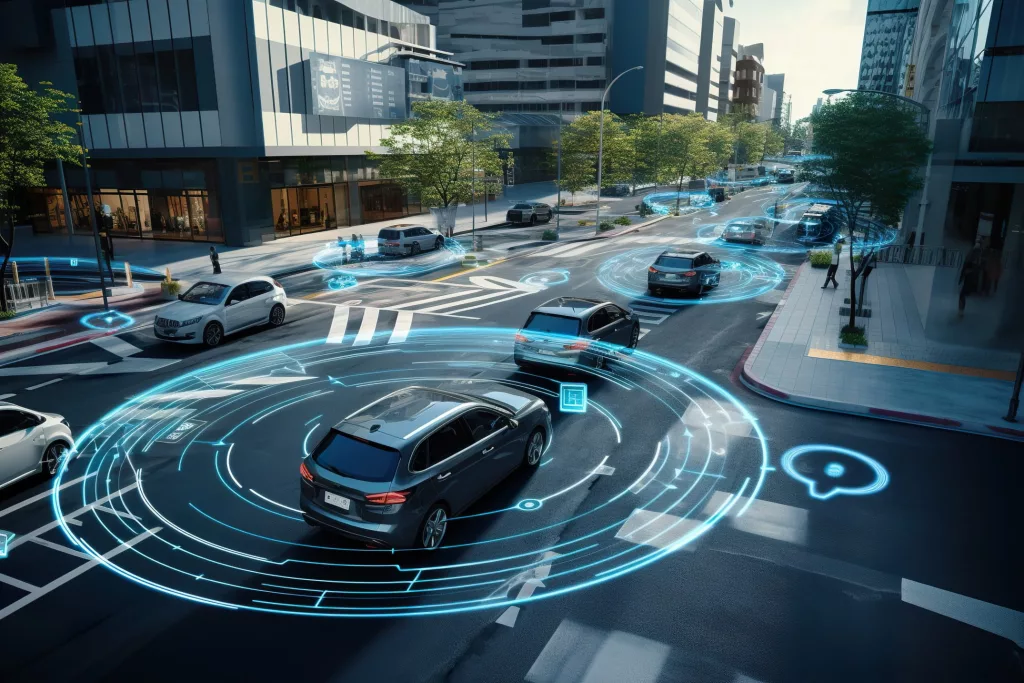
Autonomous vehicles are a rapidly emerging technology trend, utilizing AI, sensors, and machine learning to navigate and operate independently of human control.
The global market for autonomous vehicles is expected to expand from USD 1,921.1 billion in 2023 to USD 13,632.4 billion by 2030, reflecting a remarkable CAGR of 32.3% over the forecast period.
Although fully autonomous vehicles remain under development, significant strides are being made in adopting partial autonomy within public transportation and freight logistics. These advancements have the potential to reduce accidents, enhance traffic flow, and lower emissions.
#8 Sustainable Technology
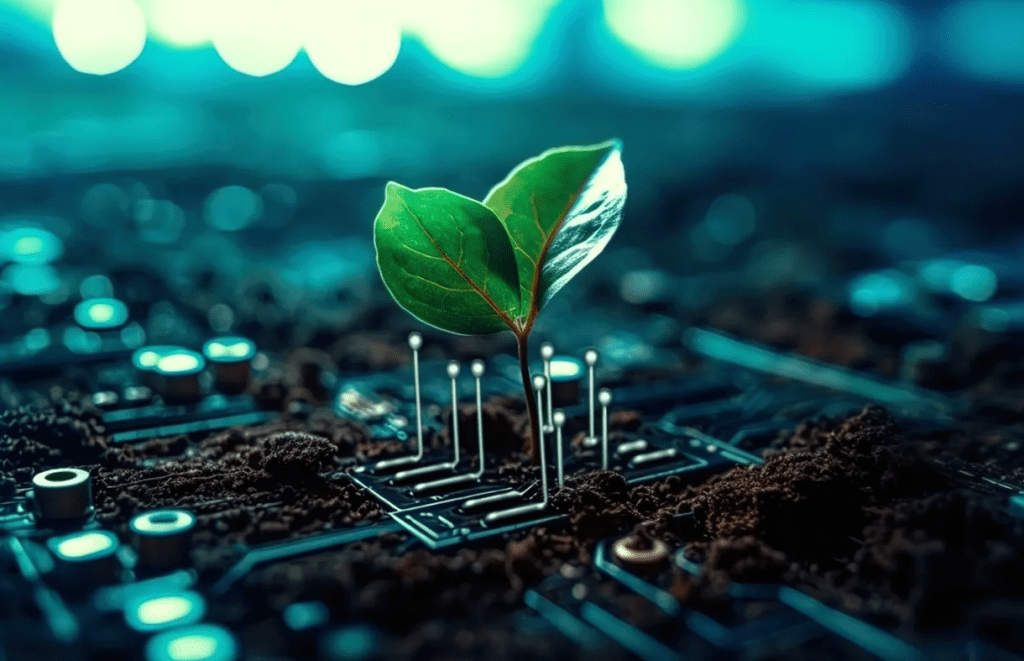
Sustainable technology is emerging as a transformative trend as organizations place greater emphasis on eco-friendly innovations to address climate change and reduce environmental impact. This approach focuses on technologies that cut energy consumption, lower carbon footprints, and support circular economy practices.
From renewable energy-powered data centers and energy-efficient devices to AI-driven solutions optimizing resource utilization, sustainable technology is reshaping business operations with an eye toward long-term ecological balance.
The global green technology and sustainability market is projected to grow significantly, from USD 20.90 billion in 2024 to USD 105.26 billion by 2032, with a robust CAGR of 22.4% during this period.
The rise of sustainable technology is fueled by increasing consumer awareness, stricter regulations, and the demand for businesses to uphold corporate social responsibility. Innovations in IoT, AI, and blockchain are enabling sustainable practices across supply chains, waste management, and energy systems.
Looking ahead to 2025 and beyond, adopting sustainable technology will signal environmental stewardship and offer a competitive edge, positioning forward-thinking companies as leaders in an increasingly eco-conscious market.
#9 Cybersecurity Mesh
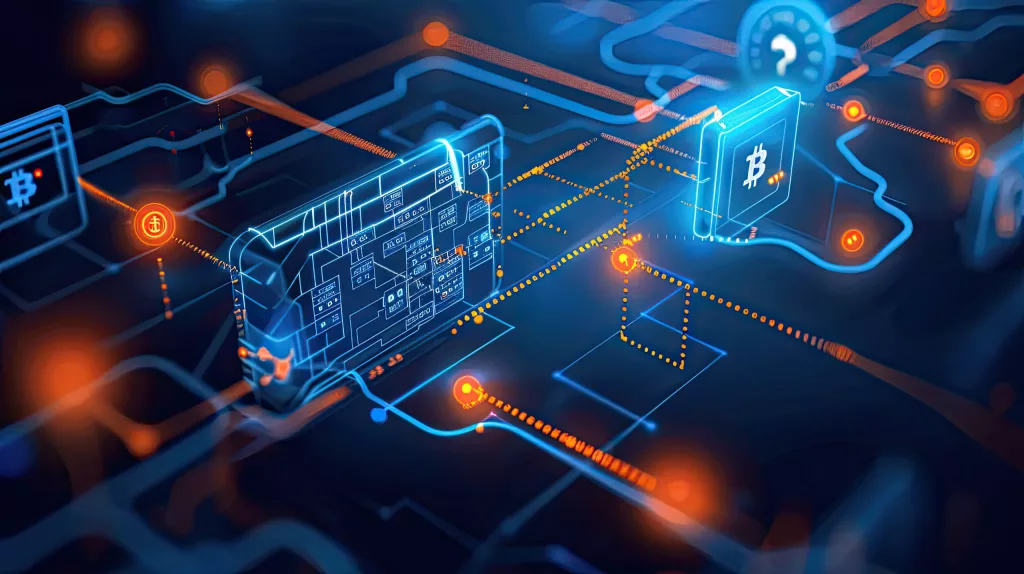
The global cybersecurity market was valued at USD 222.66 billion in 2023 and is expected to grow at a compound annual growth rate (CAGR) of 12.3% through 2030.
As cyberattacks grow increasingly sophisticated, cybersecurity mesh offers a flexible and scalable approach to safeguarding digital infrastructure. By creating a distributed security architecture, this framework ensures that a breach in one part of the system does not compromise the entire network. For example, J.P. Morgan Chase has made substantial investments in cybersecurity to protect its expansive network and secure sensitive client data.
#10 Blockchain Technology for Decentralized Finance (DeFi)
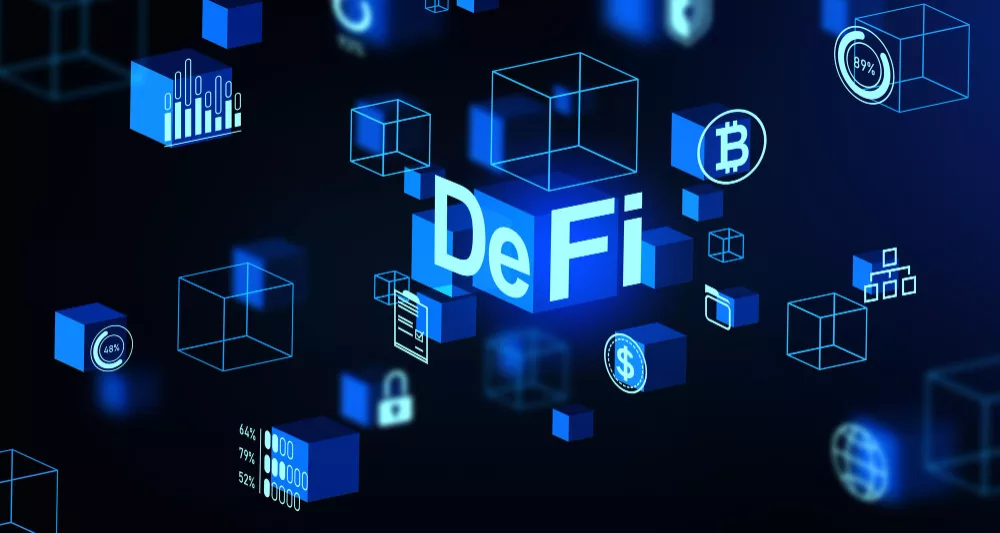
DeFi, or decentralized finance, utilizes blockchain technology to bypass intermediaries such as banks, enabling direct access to financial services like lending, borrowing, and trading. It fosters financial inclusion, enhances transparency, and reduces costs for users. Leading platforms like Aave and Uniswap are driving the DeFi revolution, offering decentralized exchanges and lending solutions that allow individuals to manage their assets independently without reliance on banks or brokers.
Leverage Cutting-Edge Technologies with the Help of CMC Global
Emerging trends, such as generative AI, Internet of Things (IoT) and cybersecurity are poised to revolutionize the operation of the world. As technology continues to advance, it is imperative for businesses to adapt and evolve accordingly. Proper guidance and training can play a substantial role in influencing your company’s adoption, acceptance, and use of these new technologies.
Get in touch with CMC Global today to arrange a consultation. Our skilled technology consultants are ready to assist you in assessing your requirements, devising a strategy for enhancing your technology infrastructure, and ensuring a smooth transition for your team. Contact us now to explore how we can be of assistance!
